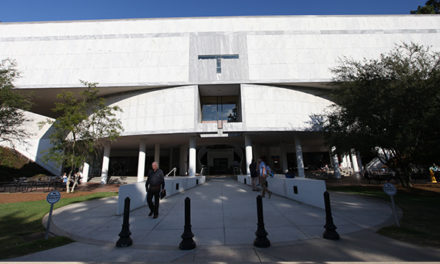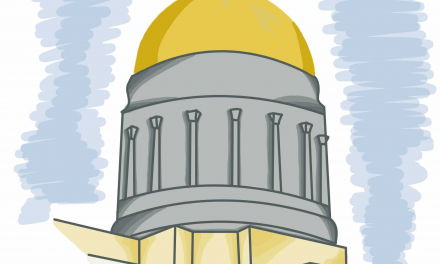Emory’s endowment value climbed to more than $6.7 billion this June, however, the fund’s annual return on investment fell from 19.1 percent to 3.6 percent.
“We are fortunate at Emory to have substantial endowment and related investment income as one of our five principal income sources,” University President James W. Wagner wrote in an email to the Wheel, referring to tuition, fees, research, philanthropy and patient care reimbursement as Emory’s other sources. Emory has the largest endowment of any Georgia school, according to the National Association of College and University Business Officers and Commonfund Institute.
“Our investment team deftly weathered the market challenges this year with strong performance in equities,” said Mitchell Tanzman, Emory University trustee and chair of the Investment Committee in a Nov. 12 Emory Report article. “Emory continues to remain competitive among the nation’s elite universities.”
However, some wish that Emory distributed the endowment funds differently.
“The crux of the problem is not the size of Emory’s endowment, but the ways that decisions are made about that money,” film and media studies professor Jason Francisco wrote in an email to the Wheel.
While faculty and administration should jointly make decisions regarding financial matters in a process called “shared governance,” according to Francisco, it is much different in practice.
“From a faculty standpoint, restricted uses of pools of money or portions of the endowment or other qualifications to the spending of the money are unclear, very opaque,” he wrote. “Faculty are on the receiving end of decisions, which are often unexplained, not partners in those decisions.”
However, Wagner pointed out that, contrary to popular belief, the endowment is not simply a large savings account subject to the University’s discretion. The majority of the funds are gifts restricted to the donor’s intended purpose.
“Our endowment is made up of over 2,000 gifts donated over time — each one intended to serve the donor’s intent perpetually,” Wagner wrote.
He presented a hypothetical scenario in which a donor gifts $100,000 to establish an endowed scholarship. In this case, Emory is obligated to invest the money and then use the interest for a yearly payout in the form of a scholarship to a student. Typically, the payout rate is about five percent.
This year, philanthropic gifts to the University totaled $72 million, “representing continued generosity and confidence among donors,” according to the press release. This is a trend that has held up over time. In 1979, Robert W. Woodruff, the first president of the Coca-Cola Company, gifted Emory a lump sum of $105 million, which was at the time the largest single donation ever to an institution of higher education.
In Wagner’s opinion, the endowment has allowed Emory to flourish and grow to its current status as one of the nation’s top universities. He credits both donors and Emory Investment Management, a team that oversees Emory’s endowment, for its value.
“The endowment grows by both gifts and wise investment,” he concluded.






